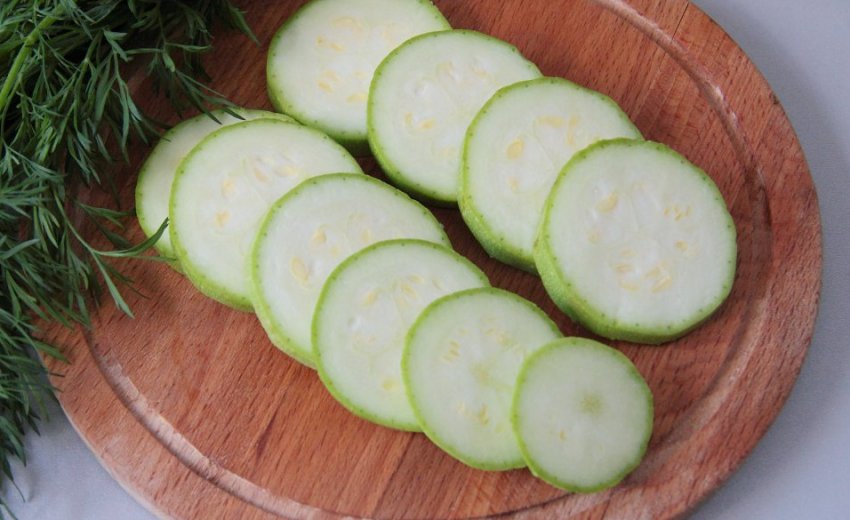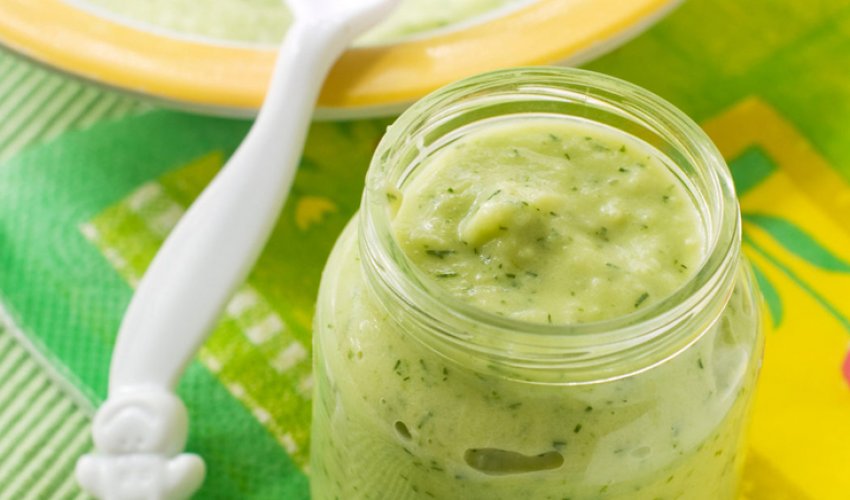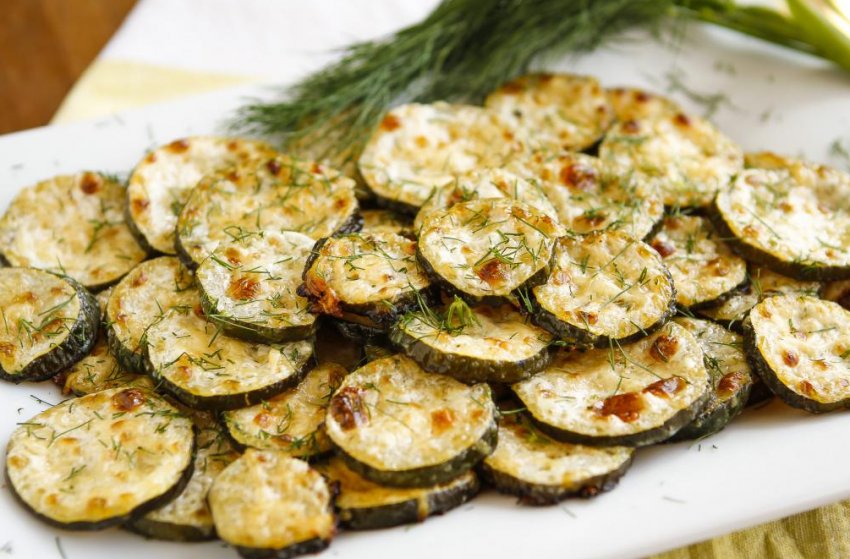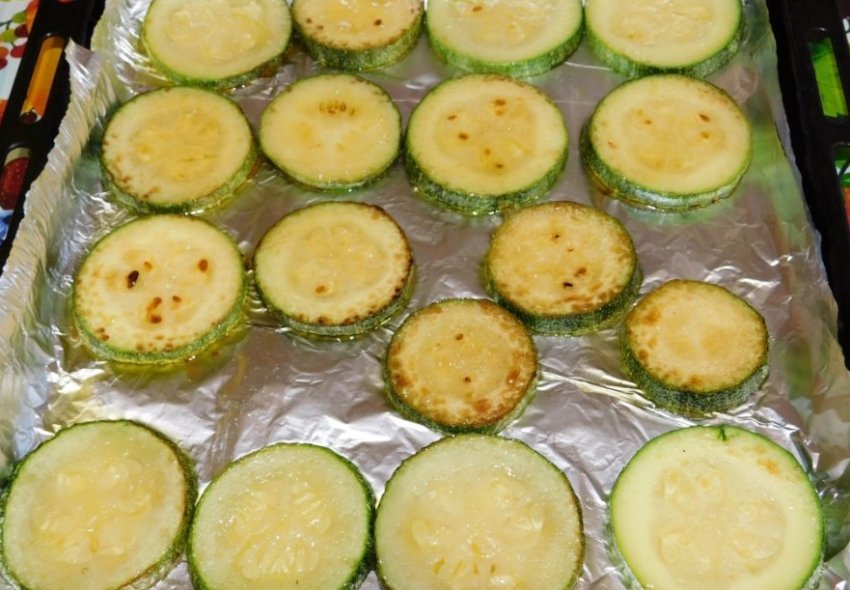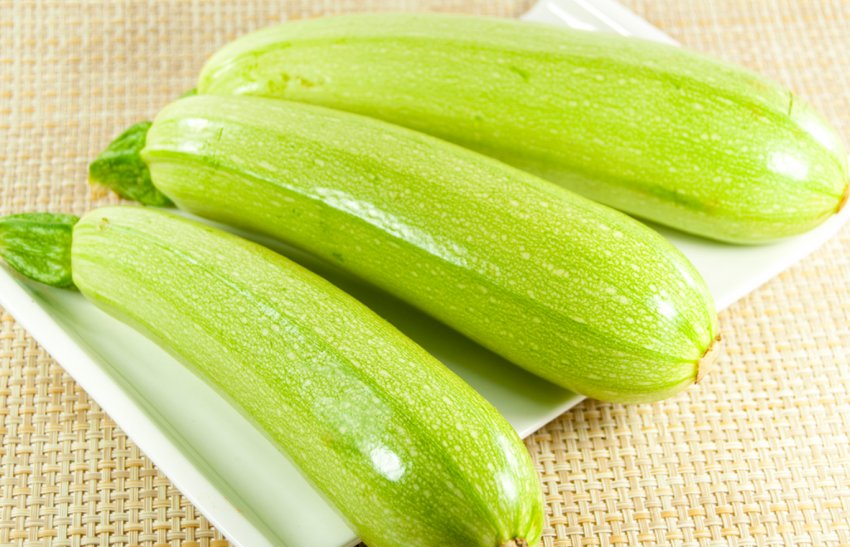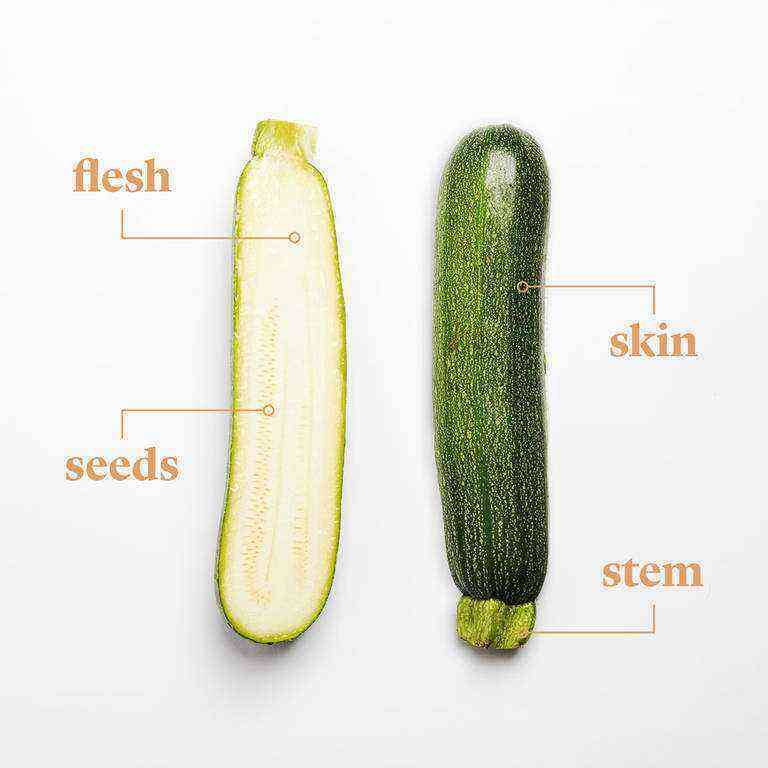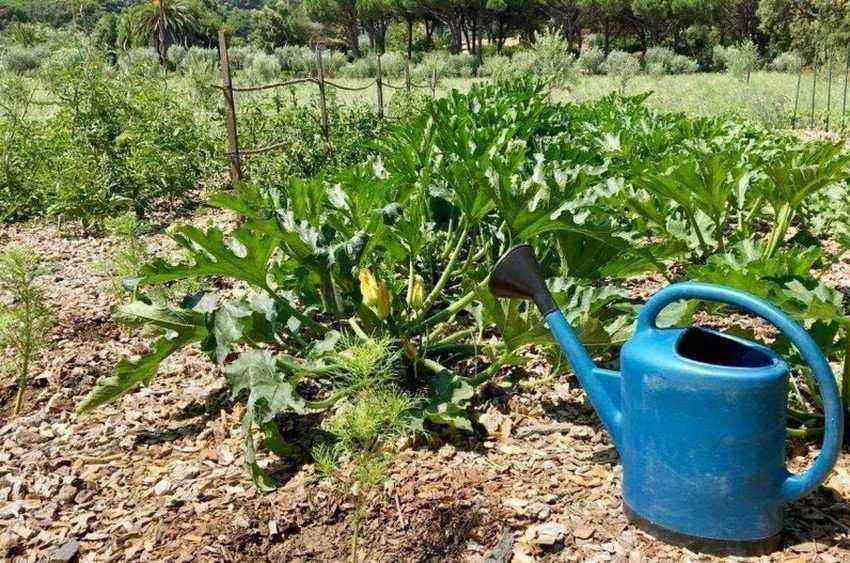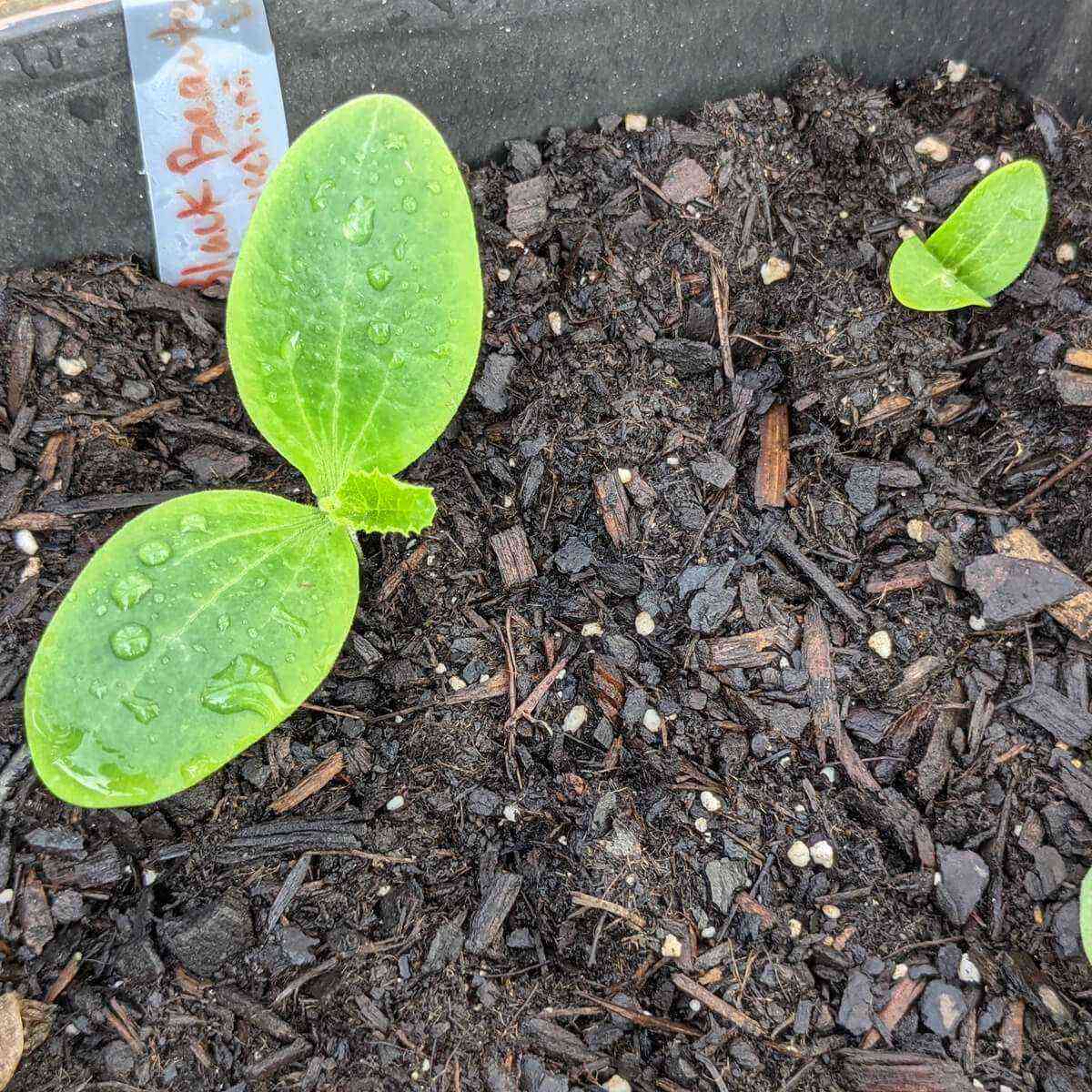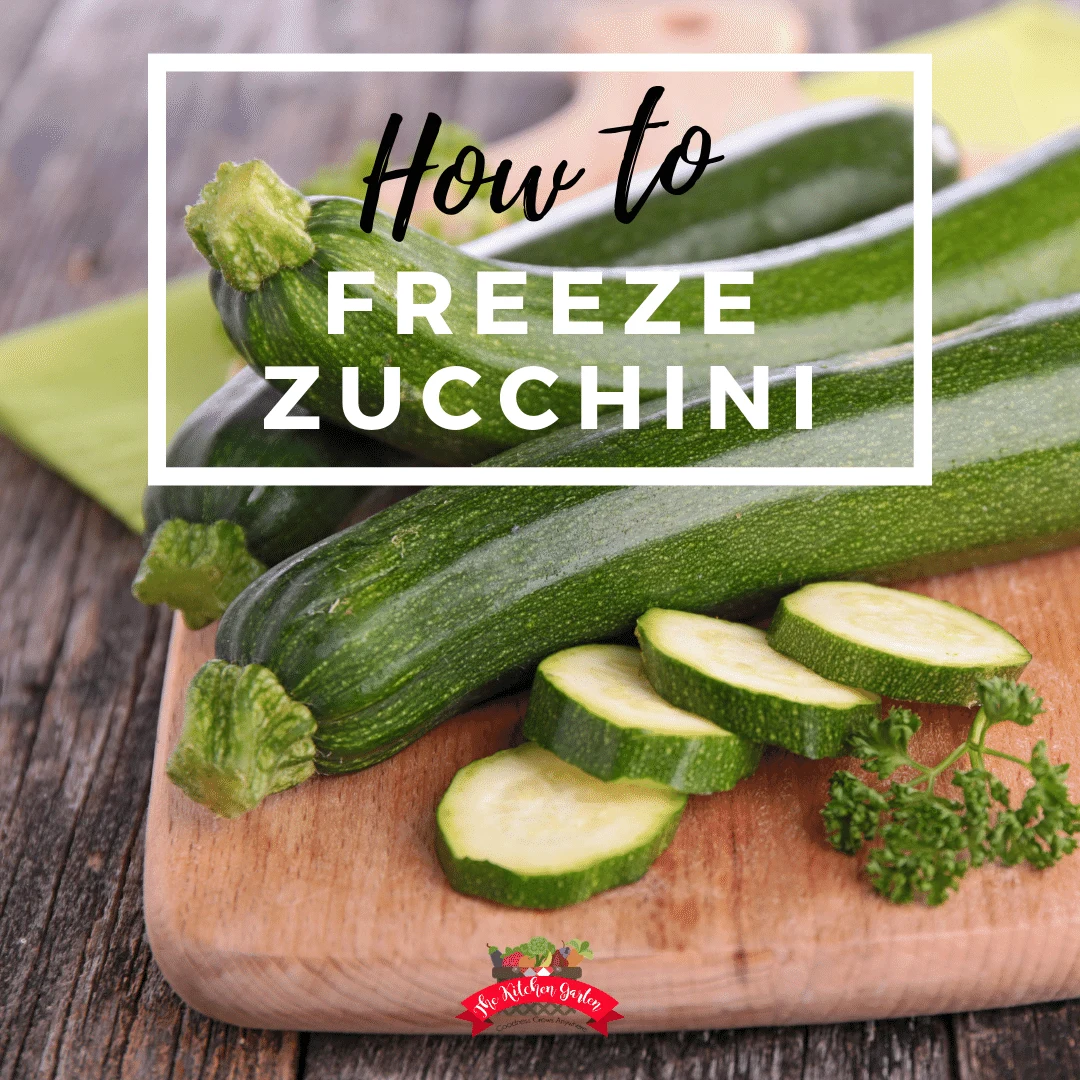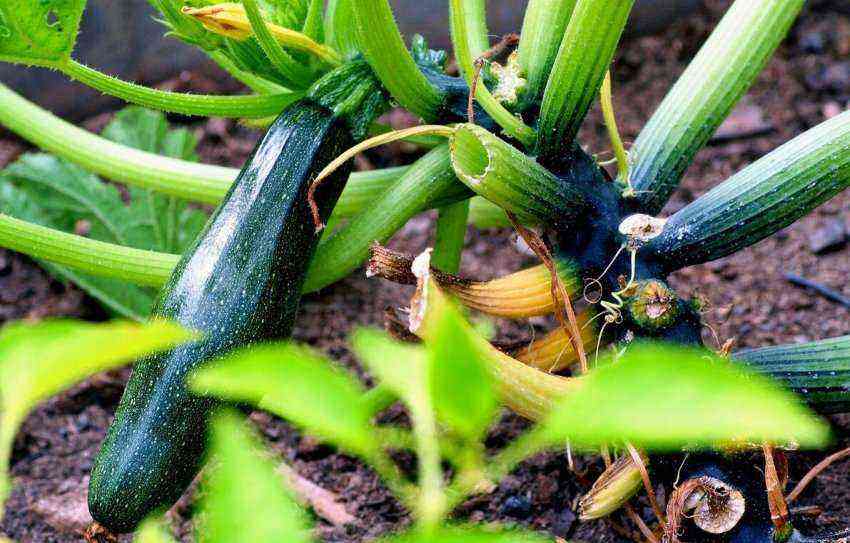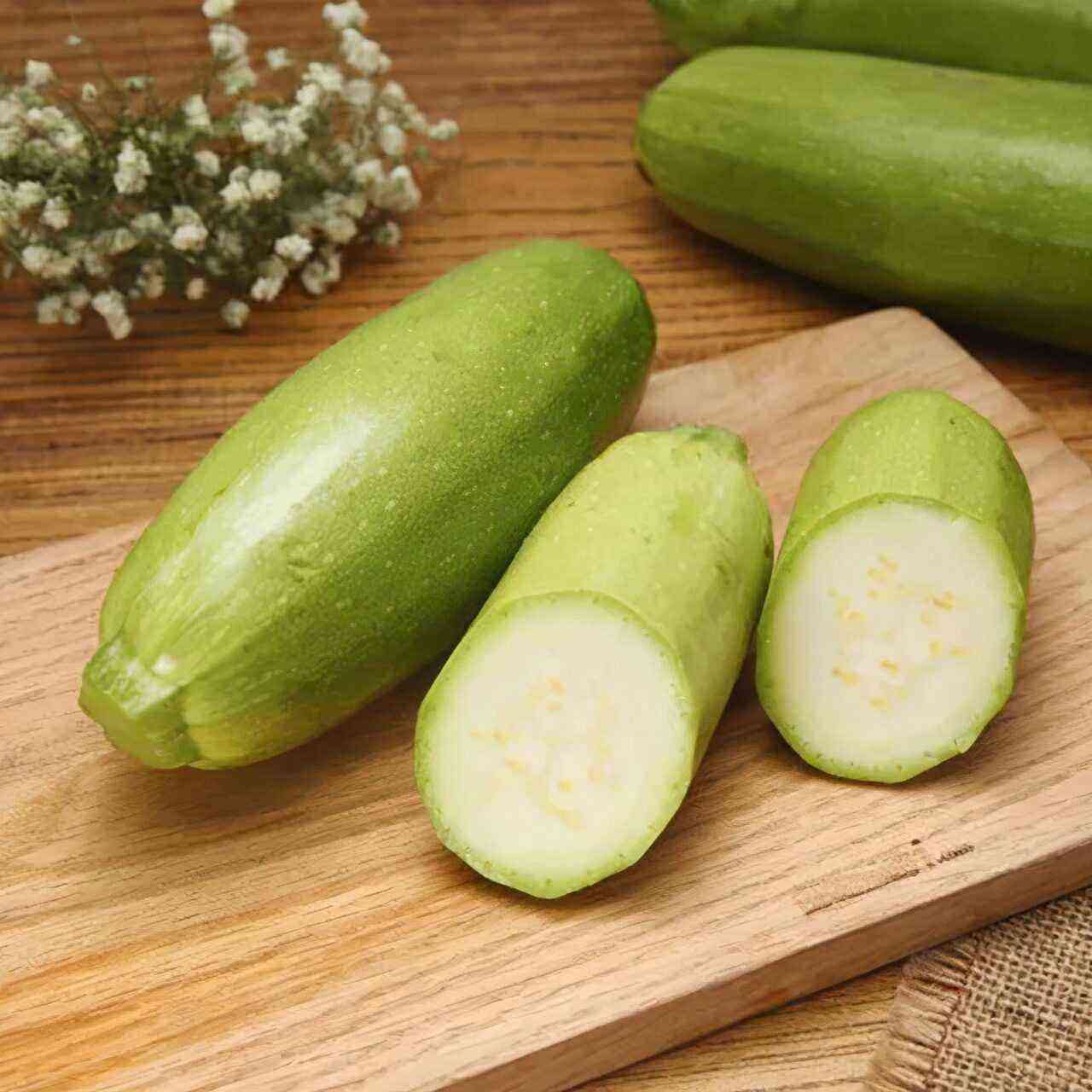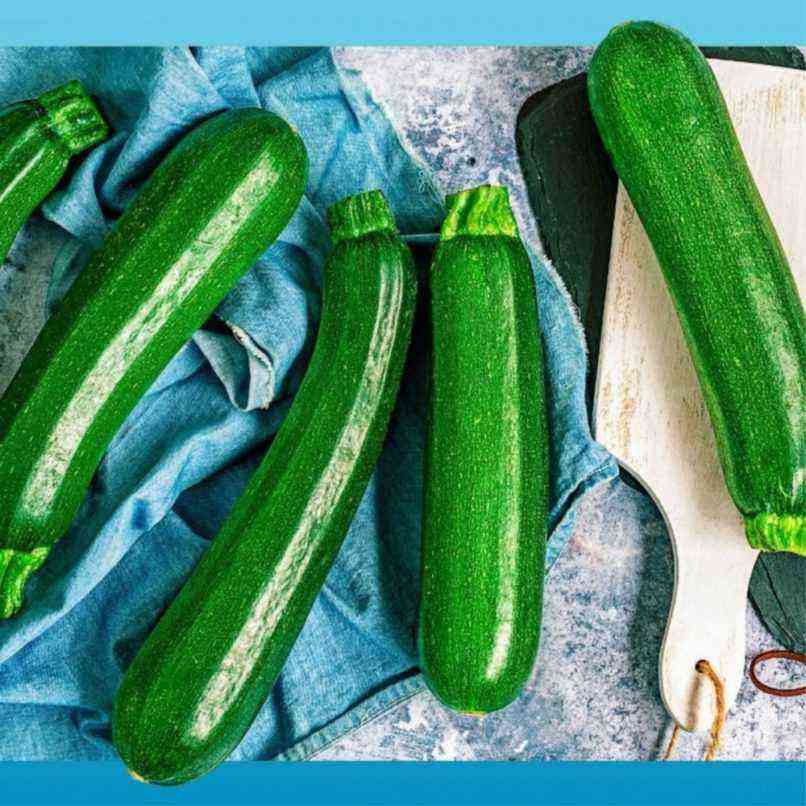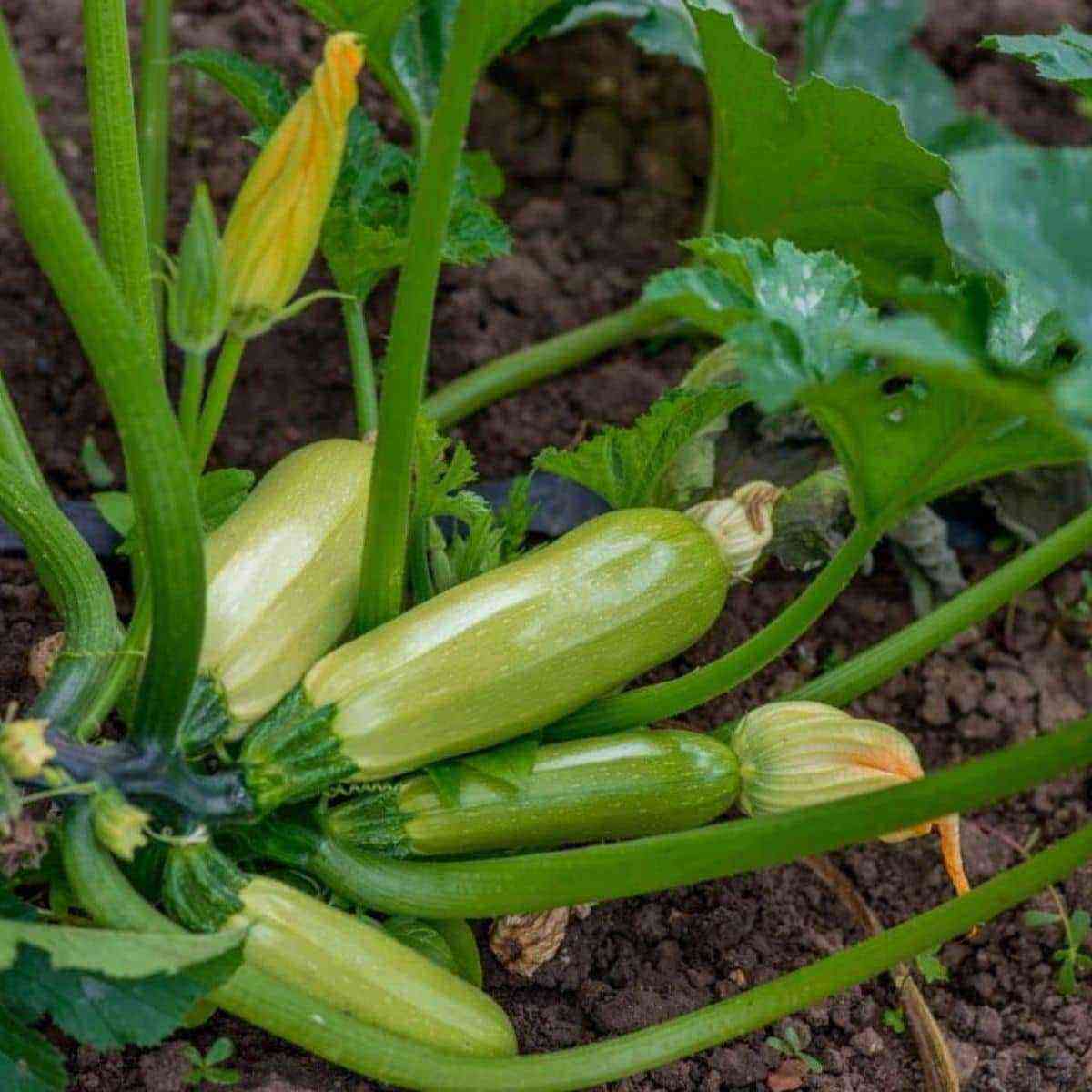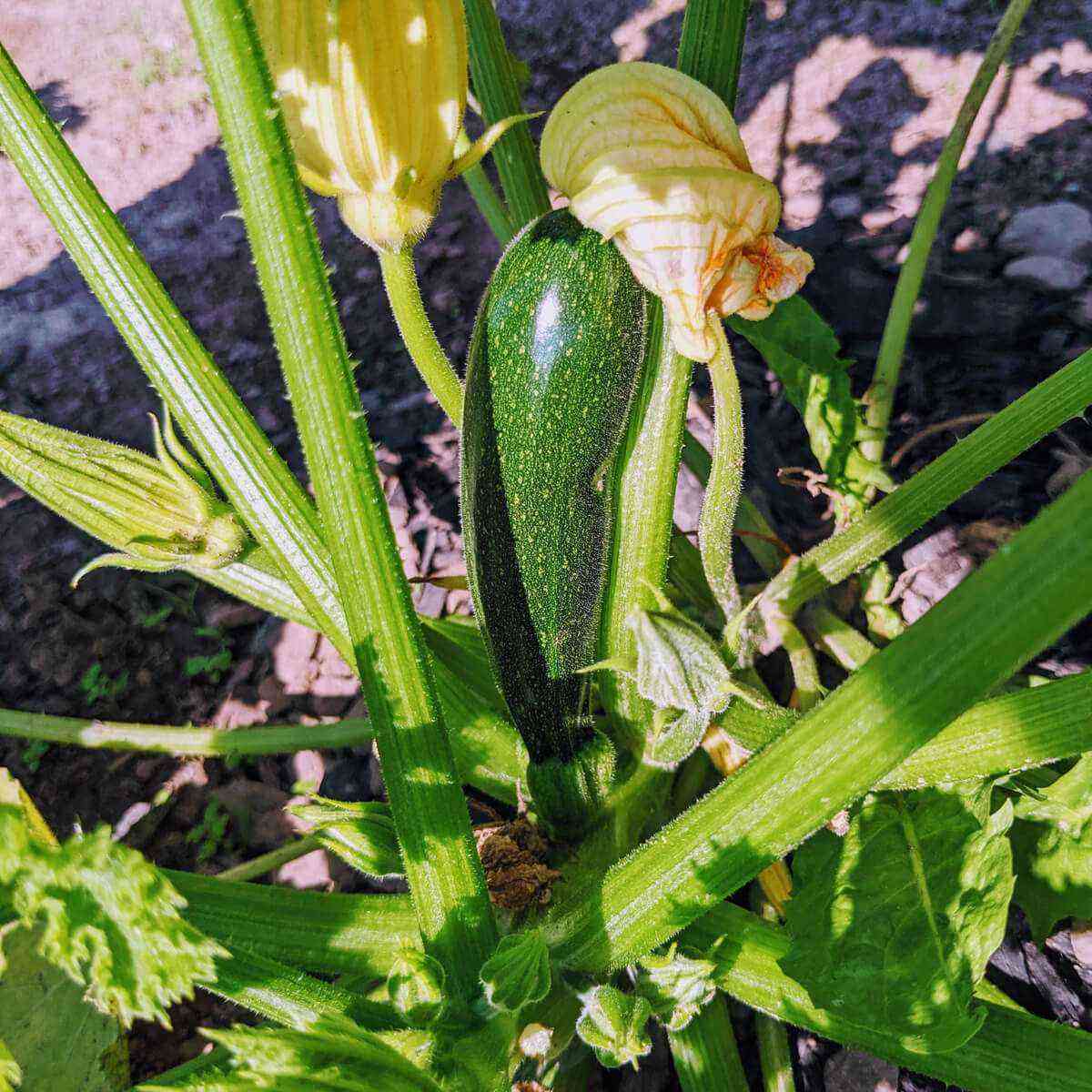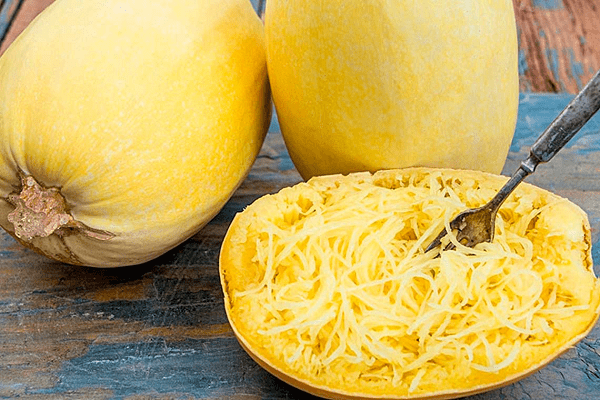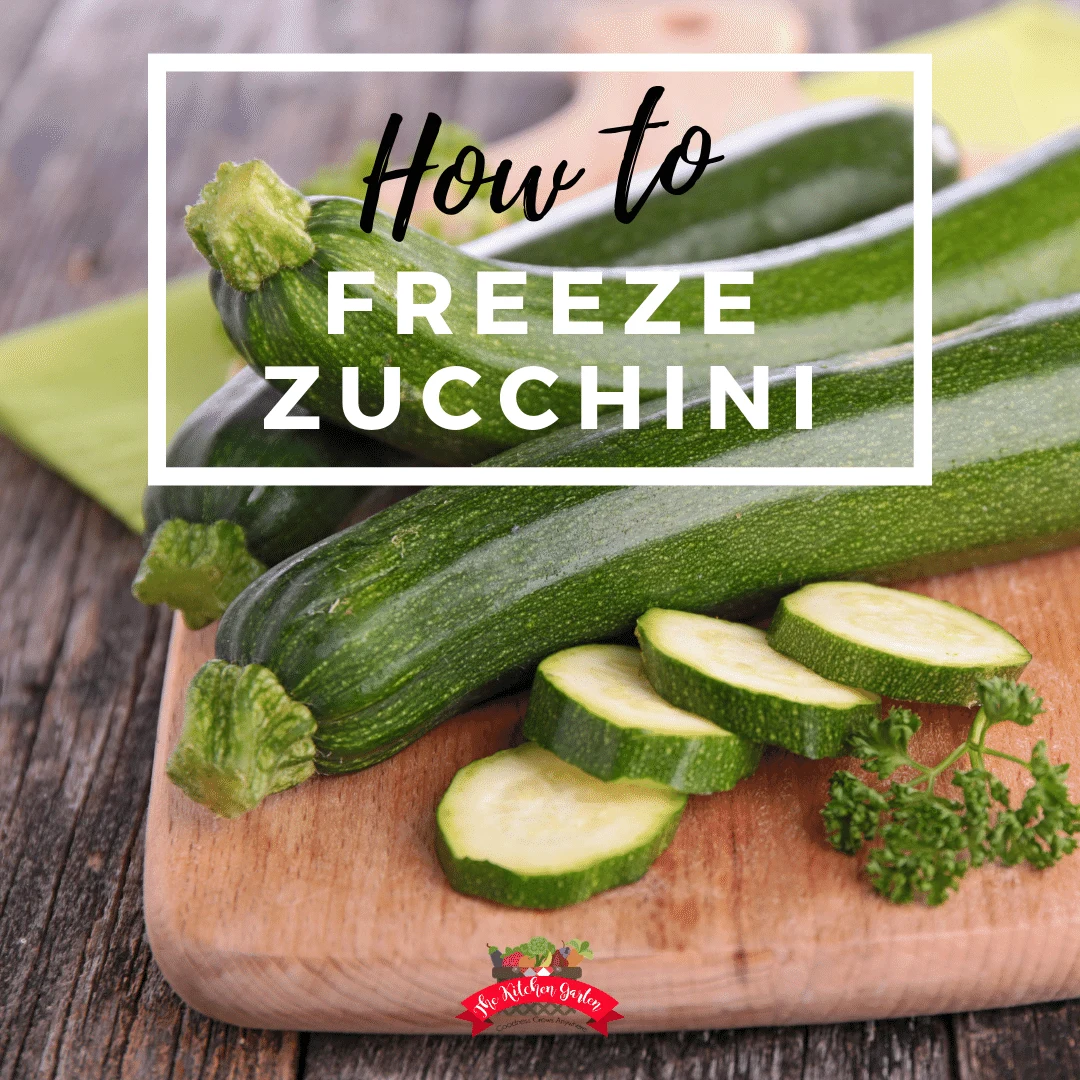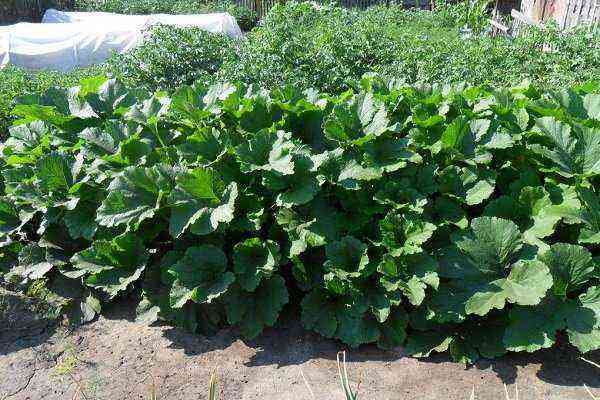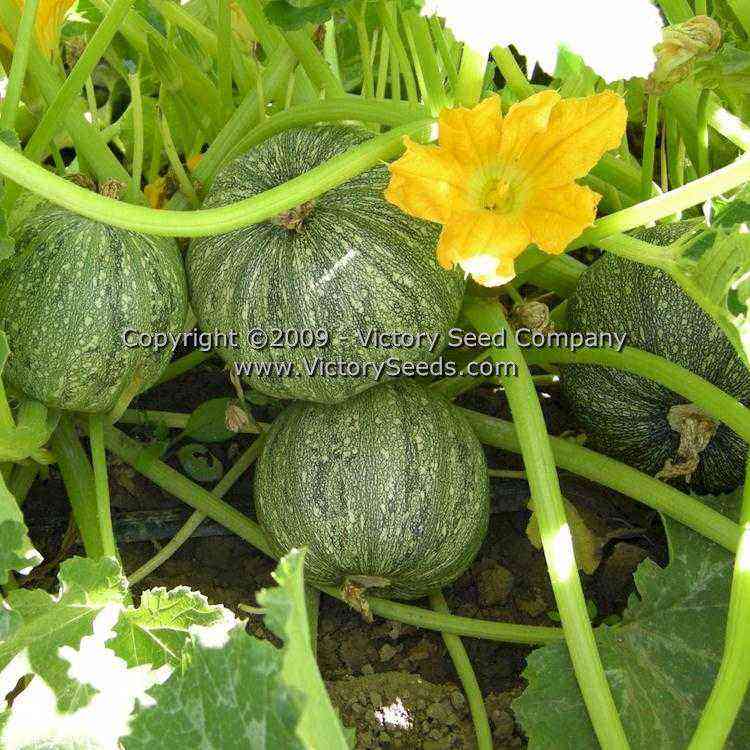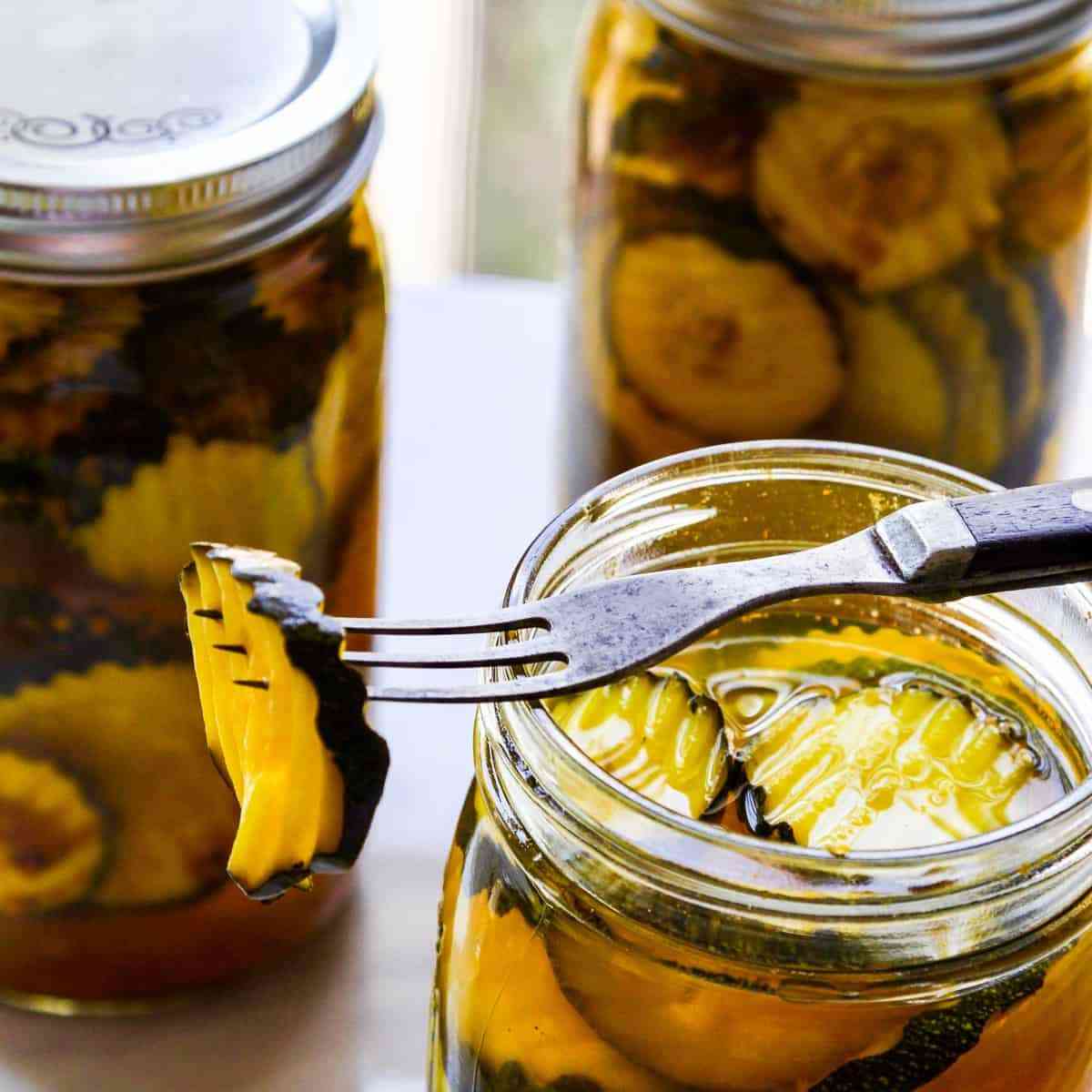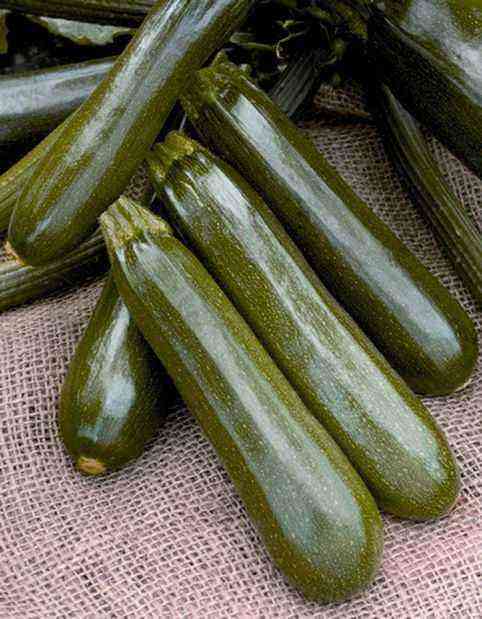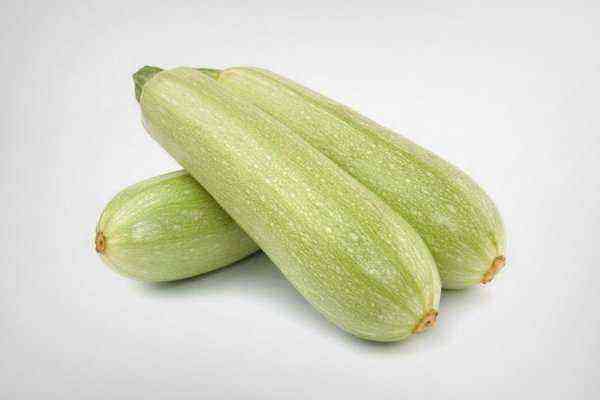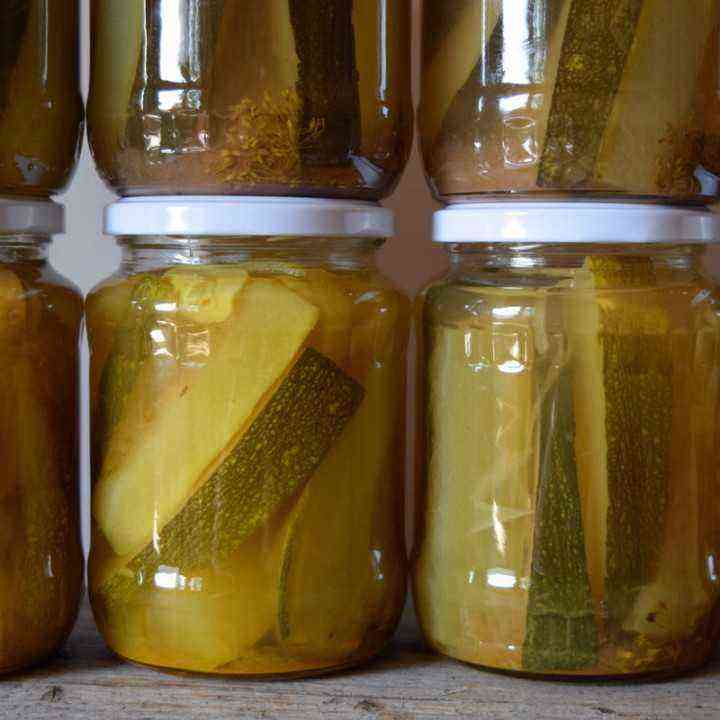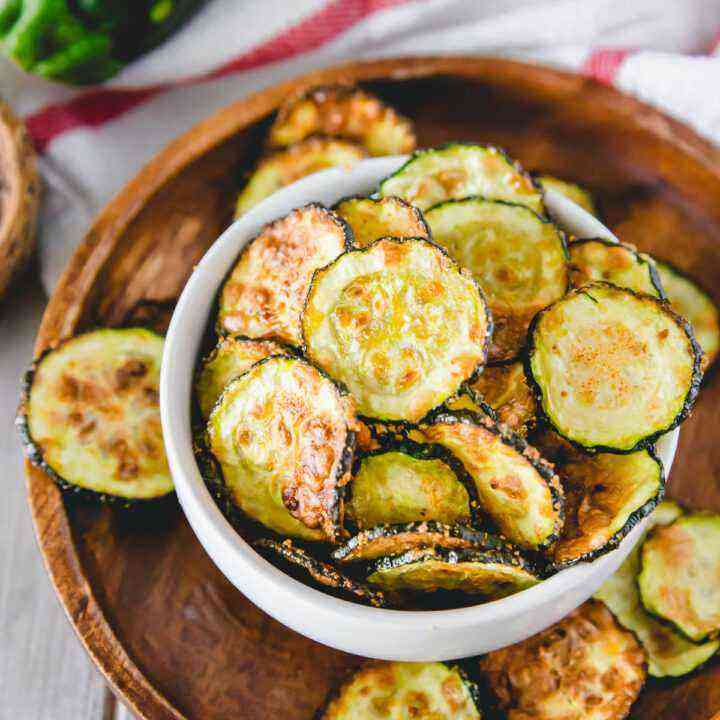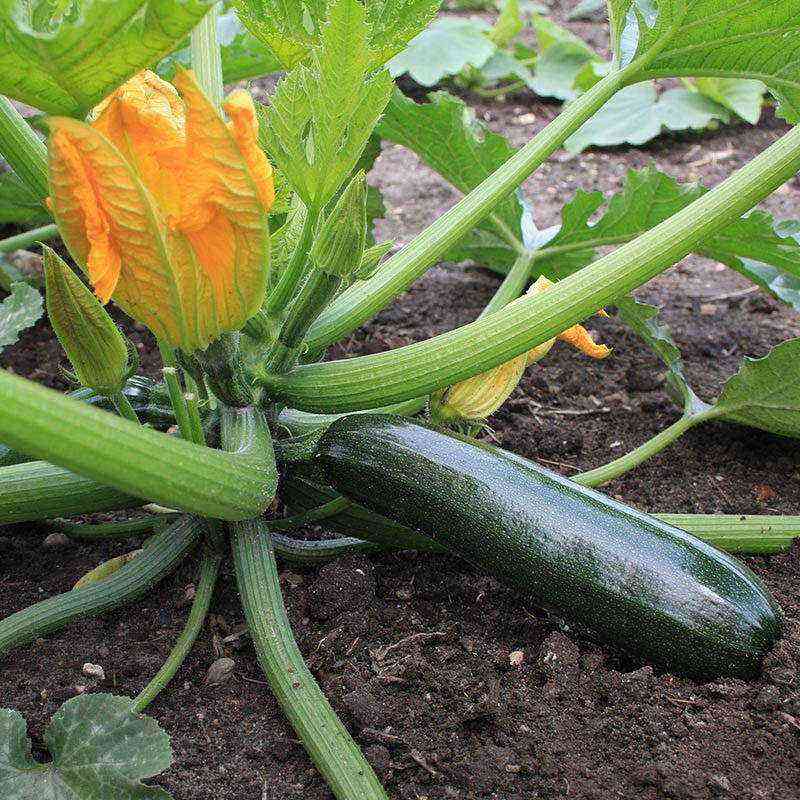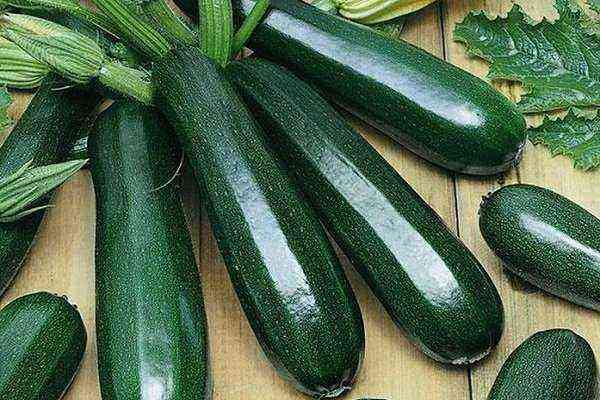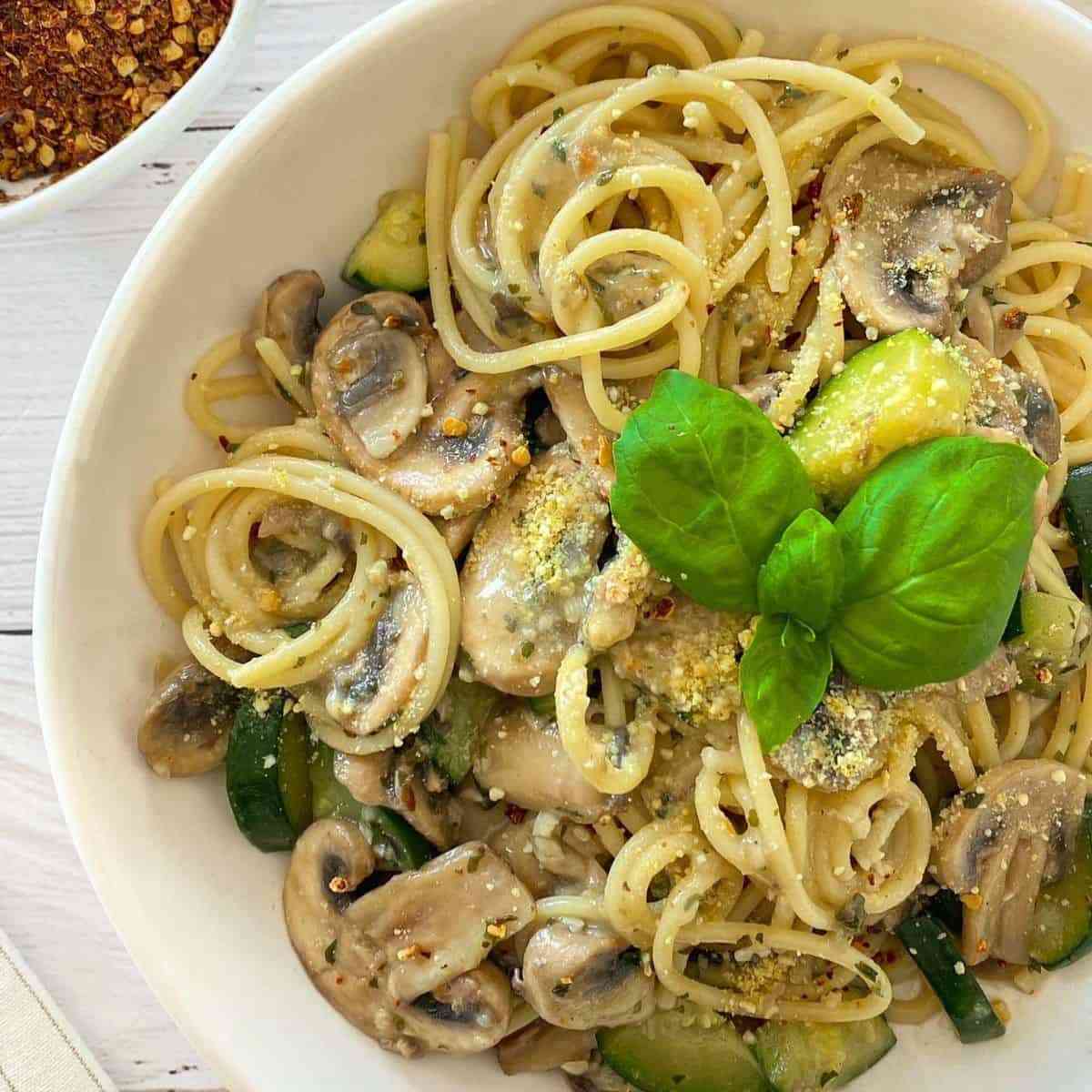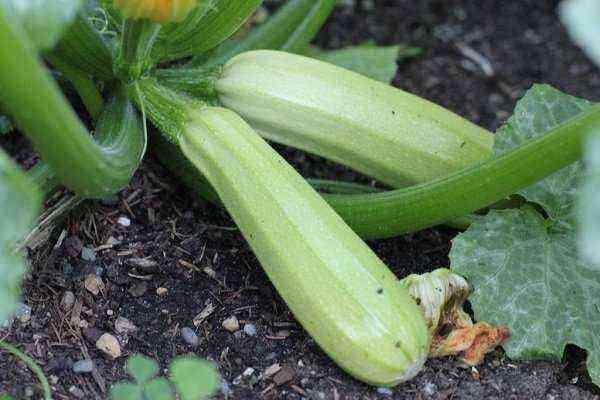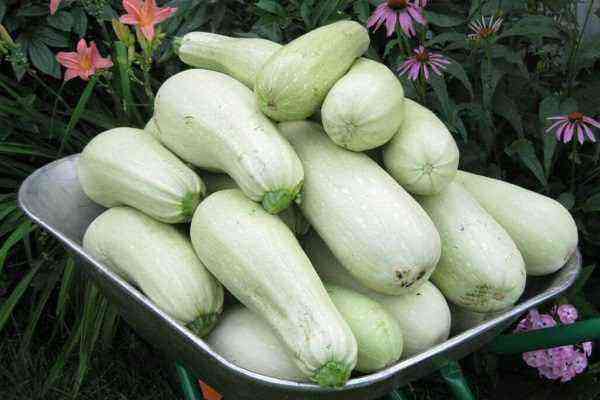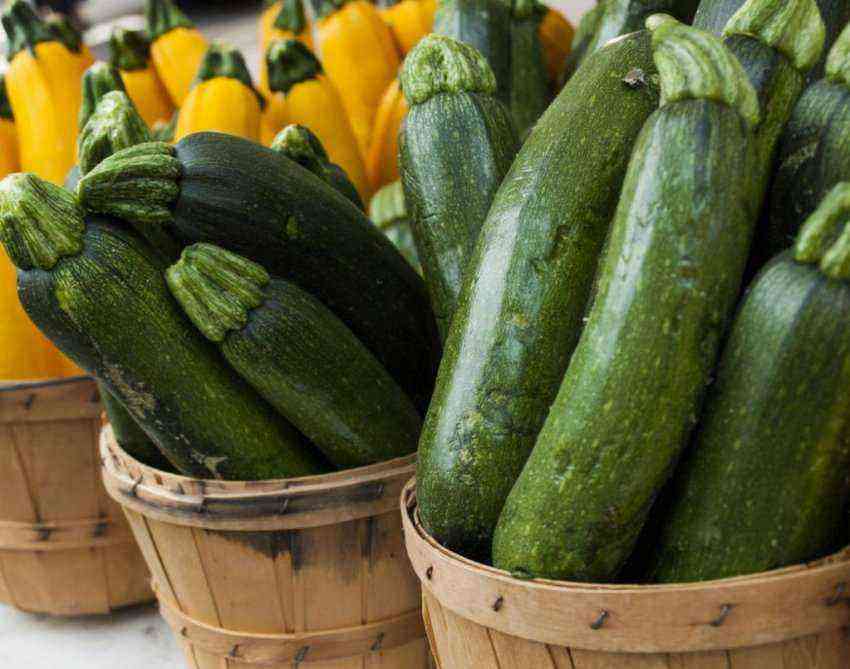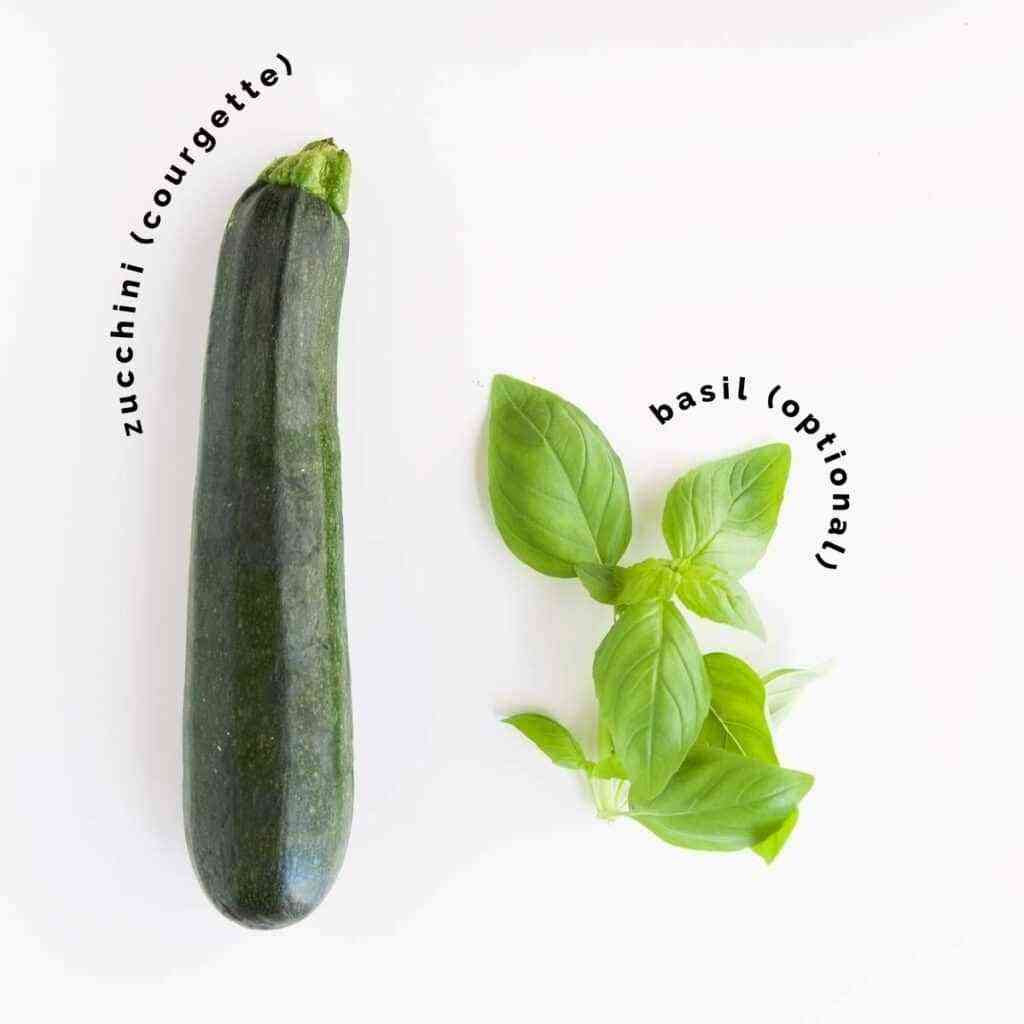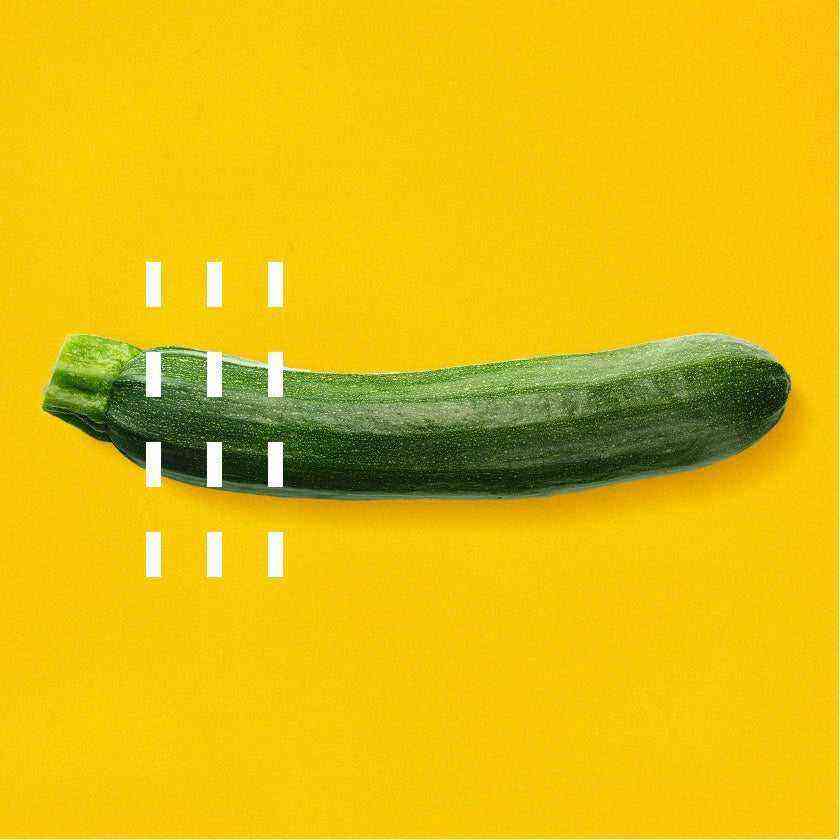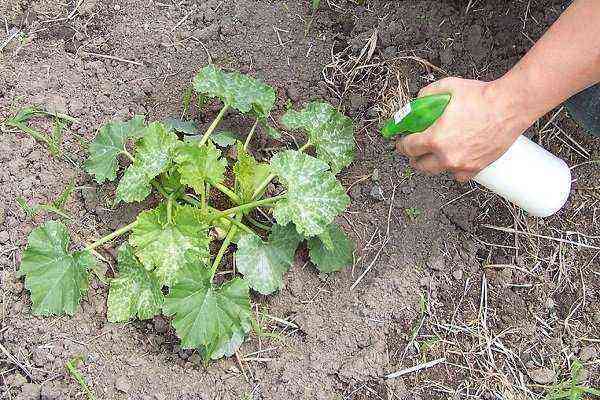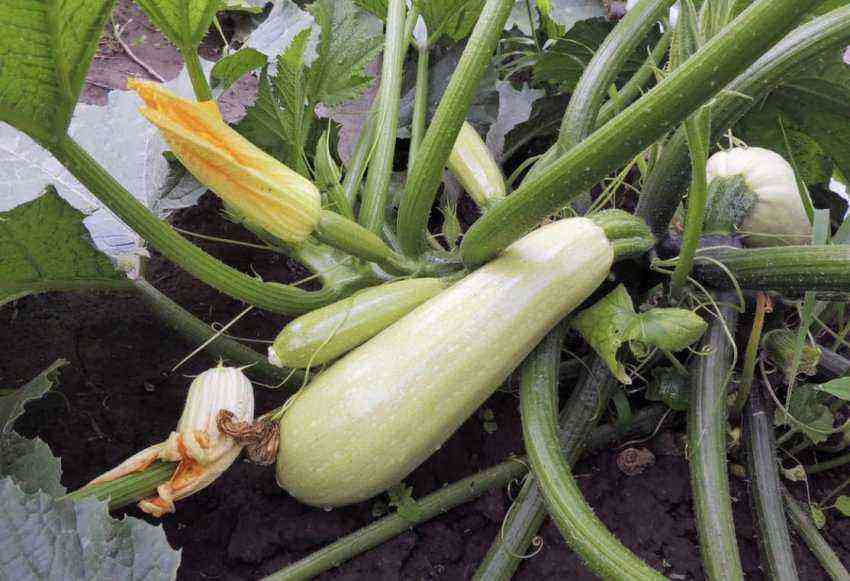Zucchini is a popular home grown vegetable that is widely used in cooking. In addition, it is very useful for the human body and is valued in folk medicine. Learn more about zucchini, the features of its use in food and for the treatment of common diseases.
Caloric content and nutritional value
Raw zucchini has a rich chemical composition, which is represented by:
- molybdenum;
- titanium;
- aluminum;
- lithium;
- zinc;
- phosphorus;
- potassium;
- magnesium;
- calcium;
- vitamins of group B, C;
- acids – nicotinic, malic, folic.
The calorie content of a raw vegetable is 23 kcal per 100 g of product. 100 g of raw zucchini contains:
- 93 g of water;
- 4,6 g carbohydrates;
- 0,6 g protein;
- 0,3 g fat;
- 0,3 g dietary fiber;
- 0,8 g unsaturated and saturated fatty acids;
- 0,4 g of ash.
Did you know? South America is considered the birthplace of zucchini, and the vegetable was brought to Europe in the XNUMXth century and has long been used as an ornamental plant, thanks to its beautiful and large flowers.
What is useful zucchini
Zucchini is classified as a healthy product for the body, since it contains many useful substances, has a balanced composition and has a minimal amount of calories.
For men
In this case, first of all, it is worth noting the benefits of the product for the prostate and the prevention of cancer. By consuming the fruit itself or its juice, you can stimulate the genitourinary system, have a preventive effect on common “male” diseases. Zucchini contains an element necessary for the male body – iron, which increases the level of testosterone – the male hormone.
Thanks to the antioxidants present there, the aging of the body slows down, and the minimum calorie content allows you to consume the vegetable in large quantities and not gain weight. The dietary product is indicated for the nutrition of athletes, as it has a high nutritional value and causes a feeling of satiety after consumption.
For women
Zucchini is very useful for women, especially during childbearing and breastfeeding. A large amount of calcium in the composition allows you to saturate the mother’s body with this important element, which will later be spent on the formation of the skeleton of the fetus.
Did you know? Not only fruits are used for food, but also zucchini flowers. Flower dishes are widespread in Mediterranean cuisine – for example, in Greece, flowers stuffed with rice and vegetables, baked in sauce or deep fried are a popular dish.
The vitamins and minerals contained in the vegetable are indispensable for the baby during breastfeeding. The vegetable is considered especially useful for women who suffer from arthritis and high blood pressure, problems with the gastrointestinal tract and metabolic disorders in the body.
- In addition, zucchini is able to:
- slow down the aging process, renew and regenerate cells;
- strengthen and restore hair;
- increase the elasticity and firmness of the skin;
- increase immunity;
- improve intestinal motility;
- remove toxins and cholesterol;
- neutralize radionuclides;
- increase stress resistance.
For children
Zucchini is considered to be a useful dietary product for children. It does not cause allergies, but contains useful substances necessary for the normal development of the child’s body. Zucchini is the first vegetable that is recommended to be introduced into complementary foods; You can start giving vegetable puree as early as 6 months of age. A sufficient amount of calcium in the composition of the vegetable is used by the body to form and strengthen the bones of the still weak children’s skeleton.
The product helps to strengthen the immune system, so it should be regularly introduced into the diet of children. The vegetable is rich in fiber, which gently cleanses the body, has a laxative effect. Children who are prone to allergies are often prescribed a squash diet: the vegetable helps to gently cleanse the liver and relieves allergy symptoms, such as itching and flaking.
Contraindications and harm
- As with any other products, there are contraindications to the consumption of zucchini, characterized by:
- dystrophic-inflammatory changes in the lining of the stomach;
- local defect of the stomach;
- kidney failure;
- increased acidity of the stomach;
- inflammatory processes of the gallbladder;
- allergic reactions to vegetables.
This product can bring harm to the body only in case of non-compliance with the recommendations for use. For example: people suffering from kidney failure who consume a vegetable, despite the ban, can aggravate the course of the disease, as it contains an excessive amount of magnesium.
If you use raw fruit for people with gastritis and ulcers, you can provoke irritation of the mucous membranes of the stomach. People with individual intolerance may suffer from allergies, accompanied by itching, rash, vomiting, bouts of dry cough, runny nose, diarrhea, abdominal pain, tearing.
Important! Zucchini, although very rarely, can cause an anaphylactic reaction of the body (a person begins to choke, may lose consciousness), which threatens a person’s life. In this case, an ambulance is immediately called.
Feature of application
Zucchini is used in everyday life for preparing various dishes, therefore, the features of using vegetables in different cases are discussed below.
In cooking
The norm of fruit consumption for an adult is 200 g daily. Zucchini juice is recommended to drink no more than 1 liter per day. The vegetable can be consumed both raw and cooked. Raw fruit is used for salads, while choosing young tender specimens. Zucchini can be fried, boiled, baked, stewed, both as a separate dish and supplemented with other ingredients.
These fruits go well with other vegetables – carrots, onions, potatoes, tomatoes, so they are added to vegetable sautées, casseroles, soups. Zucchini can be a great addition to meat, poultry, and even fish as a side dish. In addition, the fruits are pickled and preserved for winter storage, cut into rings or processed into caviar.
In folk medicine
Zucchini has a healing effect on the body, if you know how to use them correctly.
With diabetes mellitus
There are 2 common recipes for using fruits for this ailment:
- Grind peeled squash seeds in a mortar, add a small amount of water and honey to make a slurry. It is necessary to take the medicine 3 times a day for 1 tbsp. l.
- Grate the washed fruit and squeeze out the juice (you can use a juicer), take 100 ml 3 times a day, for 20 minutes. before meals.
For diseases of the stomach
Medicines based on zucchini for diseases of the stomach do not exist, however, the vegetable can be introduced into the patient’s diet as a safe dietary product. However, it is noted that a raw vegetable or fruit juice is categorically not recommended for use in catering for patients with gastritis, stomach ulcers and other inflammatory processes, since the patient’s condition can worsen. You can eat the product after heat treatment, it is advisable to cook, bake or stew. Fried fruits for diseases of the stomach should also be excluded from the diet.
In cosmetology
Zucchini is a popular product in cosmetology that has a positive effect on the skin of the body and is used to make masks.
Anti-Aging Mask
This mask has a tightening effect, eliminates fine wrinkles, tones and moisturizes the skin. To prepare the mask, you will need to peel a piece of zucchini and grate 2 tbsp. l. Mix the pulp with wheat flour (1 tbsp), egg yolk (1 pc.), honey (1 tsp), cream (1 tsp) and peach oil (1 tsp). Apply a freshly prepared product on the face and décolleté for 20 minutes, then rinse with warm water. Use 2 times a week until the desired effect is achieved.
Refreshing
Refreshing mask removes puffiness, dark circles under the eyes. To prepare a mask, an apple and zucchini cooled in the refrigerator are grated and squeezed out the juice (or use a juicer). A thick paper towel is moistened in the juice, squeezed lightly and applied to the face, the mask is kept for 20 minutes. If the napkin dries quickly, moisten it periodically. They make a mask 2 times a week, each time it is better to prepare fresh juice.
Important! In raw form, you can only eat young, thin-skinned zucchini, so as not to burden the stomach.
Cleansing
Cleansing removes dead cells, removes toxins and normalizes oxygen metabolism in the skin of the face. It is not recommended to use the mask on damaged skin. For preparation, use squash juice (15 ml), cosmetic clay (10 g), aspirin (1 tablet). The crushed tablet is mixed with other components, the mixture is applied to the skin and incubated for 10 minutes, then washed off with cool water. You can do this mask once a week.
Toning & Soothing Mask
Such a mask improves blood microcirculation, saturates the cells with oxygen, provides the skin with elasticity, relieves irritation. The mask consists of grated zucchini (15 g) and cottage cheese (10 g). The components are mixed and applied to the skin of the face, the mask is kept for 15 minutes. The remains of the mask are washed off with massage movements of the fingertips with warm water. It is recommended to make a mask 2 times a week.
Nourishing mask
Nourishing saturates the skin with useful components, reduces pigmentation, restores elasticity. To prepare the mask, you must use squash puree (10 g), cocoa powder (10 g), shea butter (5 g). All components are thoroughly mixed and applied in a dense layer on the skin of the face, incubated for 15 minutes, washed off with warm water. Use this mask once a week.
Against acne
The mask against acne has an anti-inflammatory effect, dries out skin rashes. For cooking use grated zucchini (10 g), rye flour (5 g), chamomile oil (3 drops). All components are mixed, applied to problem areas, incubated for 10 minutes. After the specified time, wash off with warm water. It is recommended to make a mask once a week.
Against rough skin on the heels
The anti-rough skin mask on the heels softens rough skin, makes the heels soft and smooth. A young grated zucchini is placed in cheesecloth, tied and applied to rough heels for 30 minutes. After the procedure, rinse with warm water and lubricate with a nourishing moisturizer. You can do the procedure 3 times a week.
When losing weight
For weight loss, there is a special squash diet, which involves the use of a vegetable as the basis for compiling a diet for losing weight. The diet is recommended to withstand a week, then take a break for 2 weeks and repeat again. The fruits are used as a side dish, combining it with lean meat, poultry, fish, which are steamed, boiled or baked.
Following such a diet, you can consume dairy and sour-milk products with a low percentage of fat, eggs, any vegetables in small quantities (since the base is zucchini), an unlimited amount of greens. It is forbidden to use during the period of weight loss – flour, sweet, fatty, fried, smoked, very salty. Coffee and alcohol are also banned. Heat treatment of fruits should be minimal in order to preserve the maximum amount of useful substances.
How to choose the best fruit when buying
When buying zucchini, first of all, you should pay attention to the appearance of vegetables. The peel of the fruit should be whole, smooth, without doubtful spots, uniform in color. To the touch, a quality product is dense and solid. Young fruits, which should be preferred when buying, have a delicate soft peel, and when you press a fingernail on the surface, you can easily leave a mark.
The aroma of fresh fruits is pleasant, slightly perceptible vegetable – you should not buy fruits with a pronounced pungent odor, which may indicate spoilage or over-treatment with chemicals.
How and how much can be stored in the refrigerator
It is better to store zucchini in the refrigerator in paper bags in the vegetable compartment or on the bottom shelf. Small holes must first be made in the bags for good air circulation; no more than 2-3 fruits should be stored in one bag. It is impossible to wash the fruits before storage, such vegetables will not be well preserved and will soon begin to rot.
Regularly inspect vegetables for damage or putrefaction; spoiled zucchini must be removed immediately so that the rot does not spread to good fruits. Subject to all recommendations, the shelf life of fruits in the refrigerator is 2-3 months.
Thus, zucchini is a healthy low-calorie vegetable that is useful to introduce into the diet for adults and children in the absence of contraindications. In addition, fruits can be used to prepare medicines for the treatment of certain diseases, and even to prepare cosmetics.
